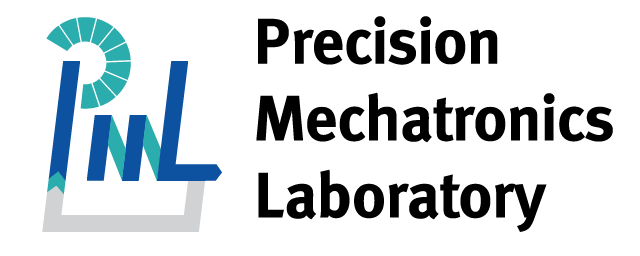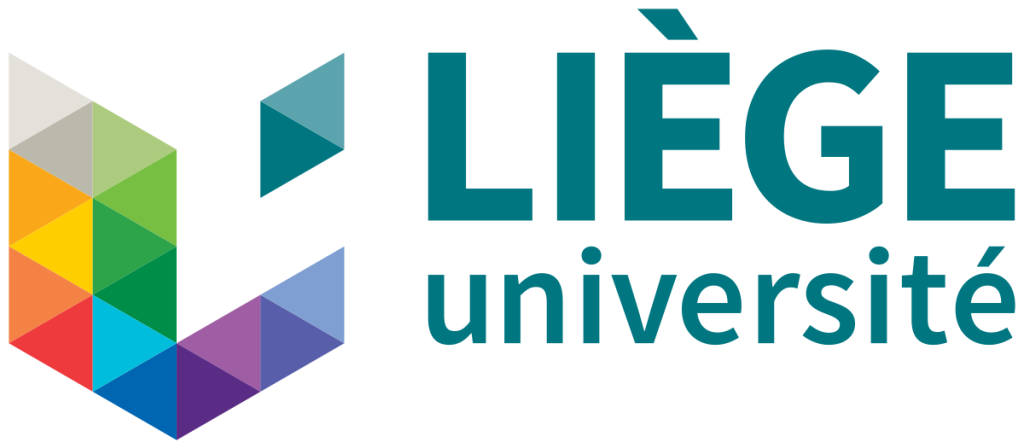Upcoming Events
Past Events
2024/03/04-06 at Universität Hamburg, Campus Bahrenfeld, Berlin, Germany. Workshop on modelling Einstein Telescope low-frequency control and inter-platform motion . Presentation by Haidar Lakkis. 2024/02/20 Nano-Positioning Webinar – Prodrive . Presentation by Thomas Dehaeze.2024/01/31-02/02 at Maastricht University, The Netherlands. ETpathfinder workshop . Presentation by Anthony Amorosi.2024/01/24-25 at Leibnitz University, Hannover. AQG operator meeting. Presentation by Mayana Teloi.2023 in the context of the course “Active structure” at Uliege. Seminar by Haidar Lakkis and Chiara Di Fronzo. 2023/05/21-27 at GWADW 2023 . Presentation by Ameer Sider and poster presentation by Haidar Lakkis.2023/09/11-15 at LVK collaboration meeting 2023 . Presentation by Ameer Sider.2023/10 at Lunar Gravitational Wave Antenna Meeting . Presentation by Morgane Zeoli and Chiara Di Fronzo.2023/05/8-12 at XIII Einstein Telescope Symposium . Presentation by Chiara Di Fronzo.2023 at Lunch des sciences ULB 2023. Poster presentation by Mayana Teloi.2023/04/23-28 at EGU General Assembly 2023 . Presentation by Mayana Teloi.2023/03/28-30 at Measuring By Light 2023 . Presentation by Anthony Amorosi.2022/11/18 at Newton-g 2022 . Poster presentation by Anthony Amorosi.2022/11/16-17 at Brabanthallen’s-Hertogenbosch, The Netherlands. Precisiebeurs 2022/11/15-16 at Brabanthallen’s-Hertogenbosch, The Netherlands. Special Interest Group Meeting: Precision Motion Systems & Control 2022/10/17-21 at the GSSI, Gran Sasso Science Institute in L’Aquila. ET ISB Workshop .2022/10/13-14 at Ghent University. Belgian-Dutch Gravitational Wave Meeting 2022 .2022/09/28-29 at Université de Liège. PML-Nikhef collaboration workshop.2022/09/12-15 at Cardiff, United Kingdom. Ligo-Virgo-Kagra conference. 2022/09/12-15 at KU Leuven. ISMA2022 . Presentations by Anthony Amorosi, Dimitri Piron & Jennifer Watchi.2022/05/23-27 at GWADW2022 . Poster presentation by Anthony Amorosi.2022/04/26 at Corda Campus, Hasselt. Precision Mechanics Sensors, Advanced control algorithms worshop. 2022/04/24 at Indian Institude of Technolofy Mandi. Low frequency isolation of large cryogenic mirror for future gravitational wave detectors. Presentation by Christophe Collette.2021/11/10-11 at the 20th Precision Fair 2021/06/17-18 at the 9th Belgian – Dutch Gravitational Waves Meeting 2020/09/7-9 at ISMA 2020 . Presentations by Ahmad Paknejad, Thomas Dehaeze, Guoying Zhao & Poster by Shashank Pathak2020/06/12-16 at ICSV 2020 . Presentation by Ahmad Paknejad2020/02/25-28 at Aerospace Europe Conference 2020 . Presentation by Vicente Lafarga2020/02/10-13 at SEM IMAC 38 . Presentation by Guoying Zhao2019/11/6-8 at ICCMA 2019 . Presentations by Jennifer Watchi and Thomas Dehaeze2019/09/1-4 at ICOVP 2019 . Presentation by Mohit Verma2019/07/08-12 at SMART 2019: 9th ECCOMAS Thematic Conference on Smart Structures and Materials – Paper presentation by Ahmad Paknejad2019/06/19 Belgian High Energy Physics Meeting 2019 at ULiège. Presentation by Christophe Collette2019/03/13 at the 13th Journée de la Coopération . Poster presentation by Romaric B. Olaye2018/11/12-13 at APPEC Technology Forum . Presentation by Christophe Collette2018/09/24 at AK Seismologie. Presentation by Binlei Ding2018/09/17-19 at ISMA 2018 . Paper presentation by Guoying Zhao & poster presentation by Binlei Ding – Development of high resolution optical inertial sensor and huddle test (video) 2018/09/4-7 at LVC Meeting Maastricht 2018 2018/07/28 at the Institute of Geophysics, China Earthquake Administration . Seminar by Christophe Collette2018/07/22-25 at WCSCM . Paper presentations by Christophe Collette, Guoying Zhao & Binlei Ding2018/06/25-29 at MEDSI 2018 . Paper presentation by Thomas Dehaeze2018/06/21 at Observatoire de Paris (SYRTE) . Seminar by Christophe Collette2018/06/20 at Promoptica . Seminar by Christophe Collette2018/05/28-2018/06/01 at ECSSMet 2018 . Paper presentation by Vicente Lafarga



